Acute low back pain is a type of sudden onset back pain, with a typical example being “lumbago.” It often occurs when lifting heavy objects or making sudden twists with the lower back. The lower back may not be able to withstand the movement or load, resulting in pain. Although acute low back pain is related to pain in the lower back, the specific area of pain and the cause may differ from person to person and case to case.
Common areas prone to injury in acute low back pain include the lumbar vertebrae, back muscles, and fascia. Multiple areas may be injured at the same time. The basic treatment is rest.
Acute low back pain generally refers to back pain that occurs suddenly, and is commonly categorized into “acute,” “subacute,” and “chronic” phases, depending on the timing.

It is generally considered that the most intense pain and inflammation in the acute phase lasts for 72 hours (3 days), but the symptoms may not disappear immediately after that.
Severe pain occurs in the lower back, and it becomes difficult to bend the back forwards or backwards. In more severe cases, the pain can prevent movement altogether. Pain or numbness that radiates to the buttocks or legs may also occur. Resting will alleviate the pain, but excessive restriction of movement may lead to muscle weakness, which could worsen the low back pain, so caution is needed.
Symptoms can occur not only when lifting heavy objects, but also when trying to get up, or when coughing or sneezing. Unlike “lumbago,” if the cause is an infection or tumor, there may be additional symptoms such as fever or pain in areas other than the lower back.
The causes of acute low back pain are varied, and in some cases, the exact cause is not clear. Common causes include aging, poor posture, excessive force on the back, misalignment of the joints in the lower back, damage to the intervertebral discs (cartilage in the back), and injury to the muscles, tendons, or ligaments supporting the back.
Especially for individuals with knee problems, compensating for the knee often leads to more frequent occurrences of back pain. However, in many cases, the cause is not well understood.
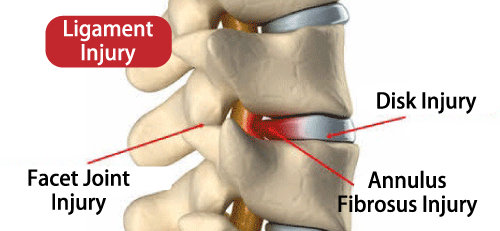
Acute low back pain often heals naturally within a few days to weeks with rest.
Conservative therapies include: ① Rest, ② Medication (anti-inflammatory and pain relief)
At our clinic, we not only treat the affected area with massage and acupuncture, but also review posture, lifestyle habits, and environment under gravity.
For relapse prevention, we perform professional analysis of posture and walking, and incorporate various elements like home exercises and Pilates to provide stronger body training.
Depending on the case, there are two main treatment methods: surgical intervention (to eliminate pain through surgery) and conservative therapy (recovery without surgery), and here we will describe the conservative therapy provided at our clinic.
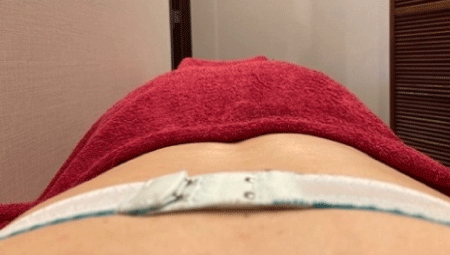
| Affected Side: Left Erector Spinae | Healthy Side: Right Erector Spinae | Ultrasound at Evaluation |
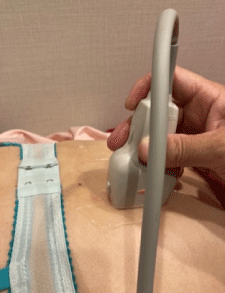 |
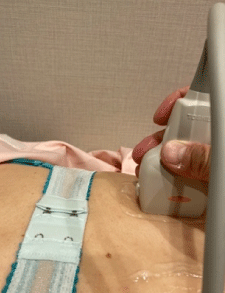 |
|
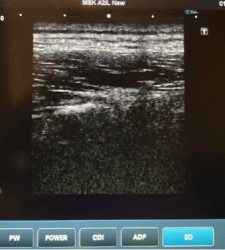
Muscle Fibers Uneven
|
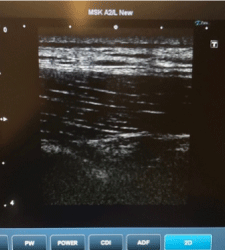
Muscle Fibers Even
|
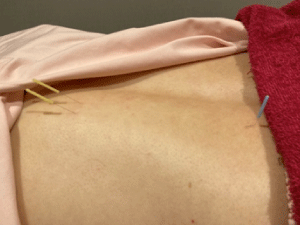 |
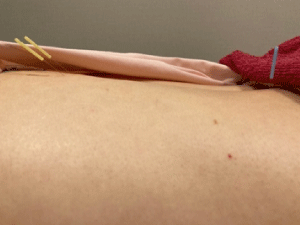 |
|
| Astron (5-pole) Ultrasound, Non-Thermal Prescription |
Acupuncture treatment aimed at reducing muscle tension in the left erector spinae (affected side) | |
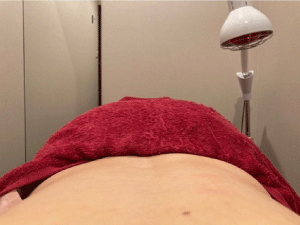
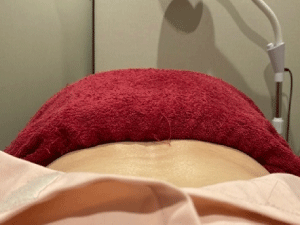
The follow-up treatment plan will help monitor progress.
We offer various treatments and rehabilitation programs designed to provide lasting relief for back pain. Please contact us to schedule a consultation or treatment session.
© Copyright (C) All Rights Reserved..